One of our favorite types of interior lighting has its origins in the humble outdoor oil lamp. Outdoor lantern lighting can be traced as far back as ancient China, Egypt and Greece, when men and women living in caves scrambled to create light from whatever was available. A common combination at that time was moss and animal fat, set into a carved out stone. These primitive designs would evolve over time into something closer to what we picture today, a durable metal case with glass sides, protecting an interior oil-based light source. It wasn’t until 1803 that lantern lighting would make its first major evolution, when William Murdoch pioneered the use of coal gas for lighting. This opened up exciting new possibilities for creating light more efficiently. Ignacy Lukasiewicz would follow up in 1853 with the first kerosene lamp and a patent for the wick burner, and in 1862, John Irwin created the first coil oil lamp, which was more practical for indoor use since it was less likely to cause fires.
With Thomas Edison’s invention of the lightbulb in 1879, possibilities for indoor lighting would explode. But the design of the simple oil lamp would hang on, with modern day lighting continuing to embrace the centuries-old formula of a durable case with glass sides, shielding an interior light.
At Park & Oak, we like lantern lighting as a focal point in a smaller space, or used in pairs to make more of a statement in an area where you might normally see smaller sconces, like above an island. The centuries old design is a favorite among our team for its timelessness, and it can pair well with both traditional and modern elements in a room. We’ve included some of our favorites below, as well as some Park & Oak room designs utilizing lantern lighting for inspiration.
Shop our Favorites
Inspiration
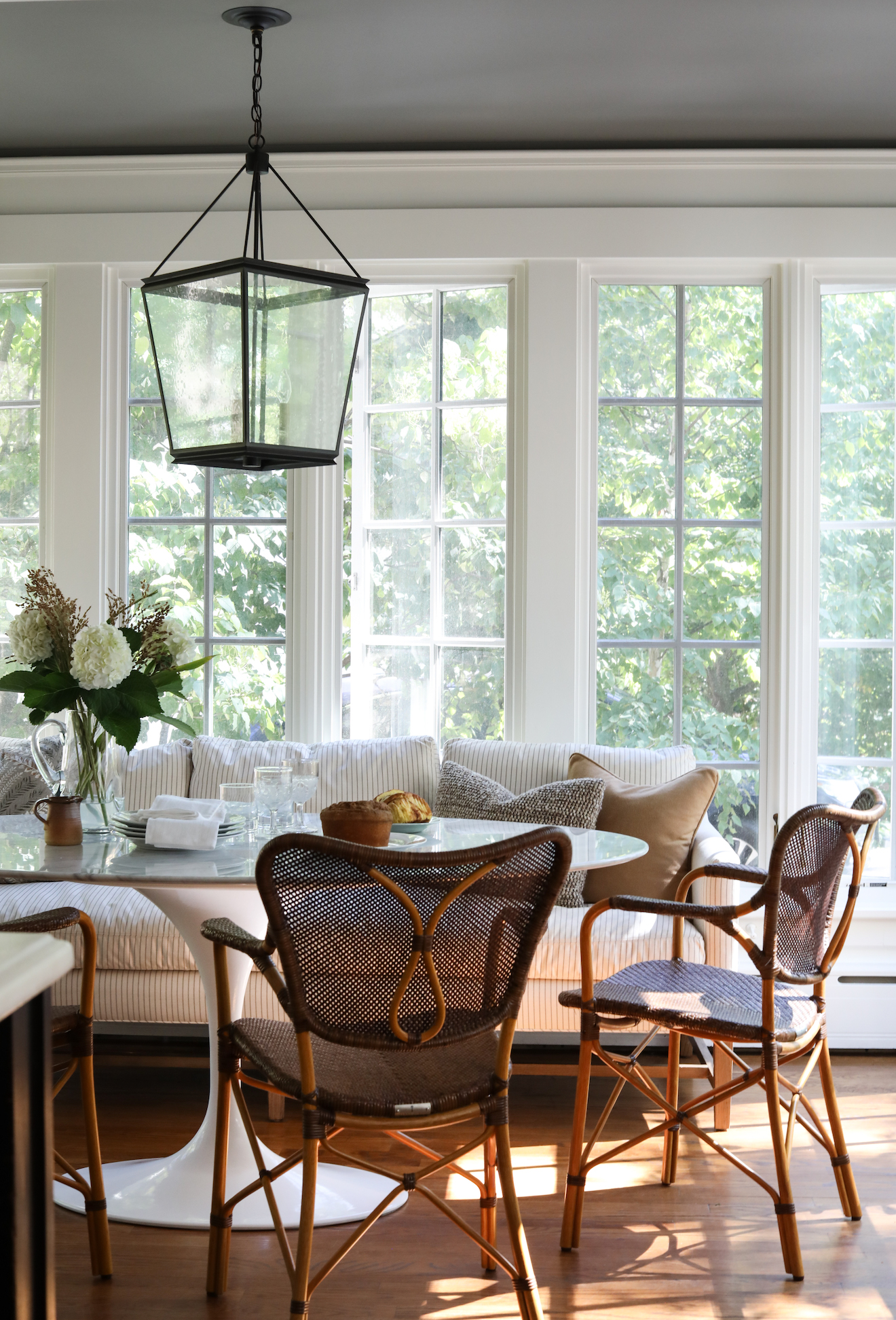

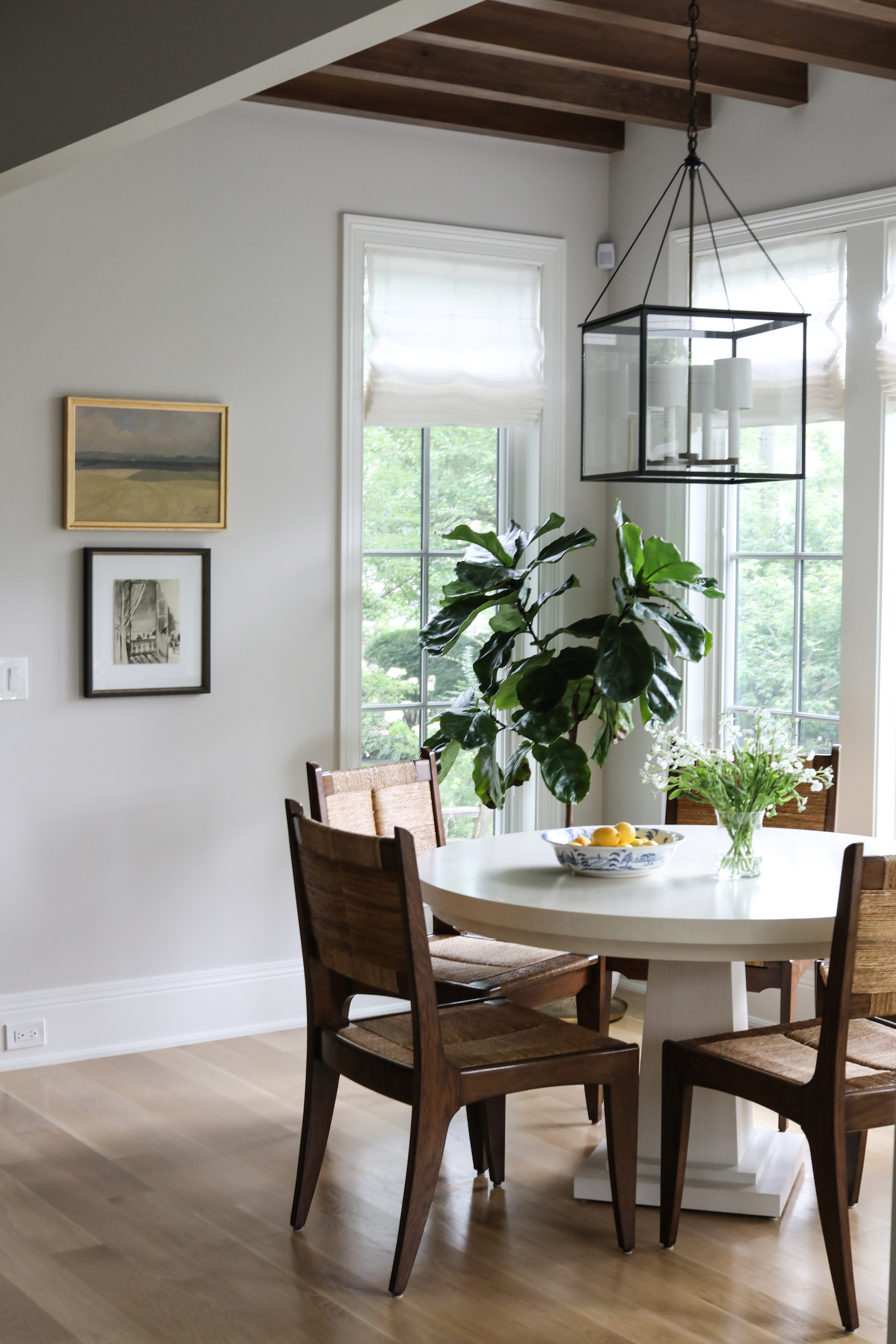

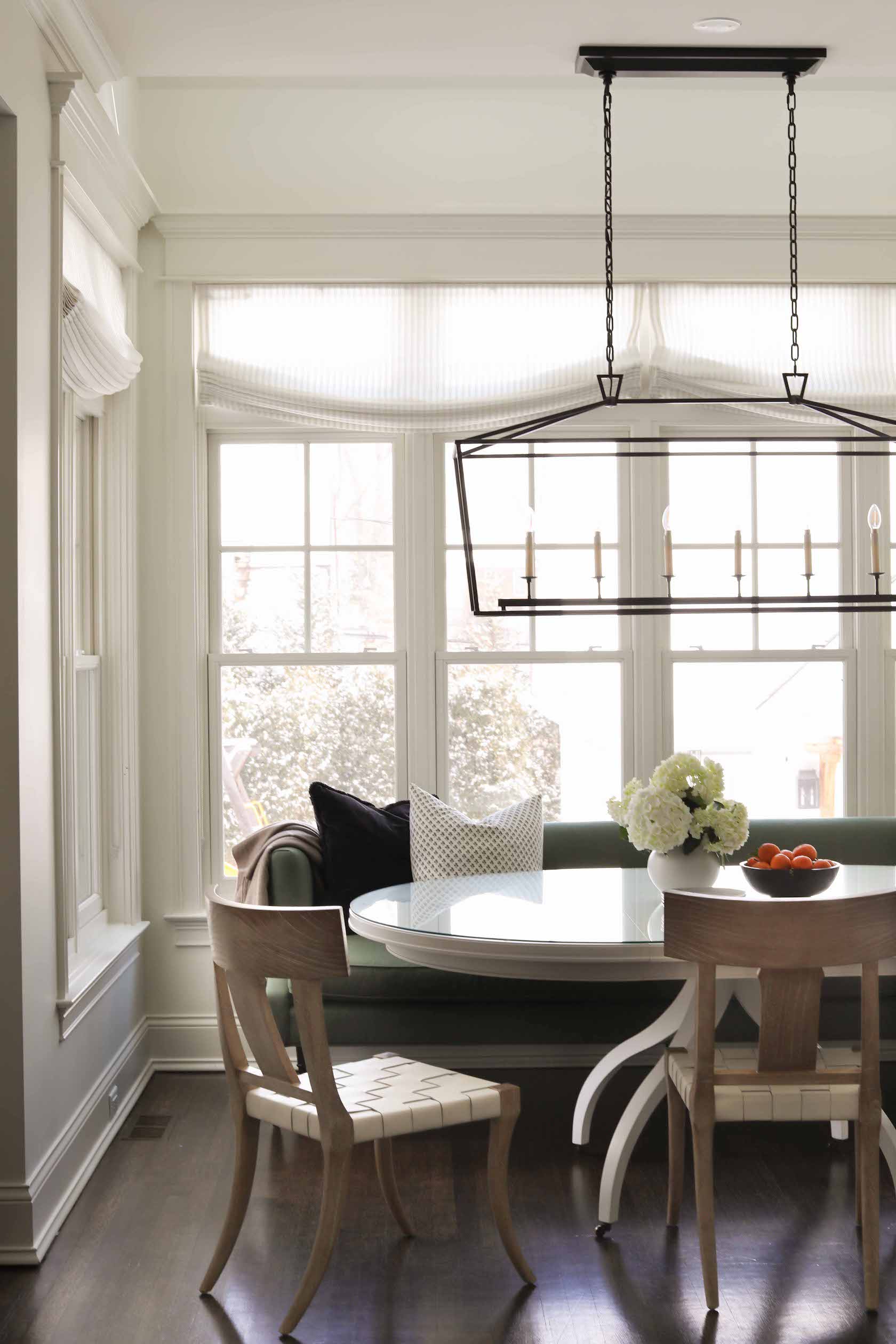

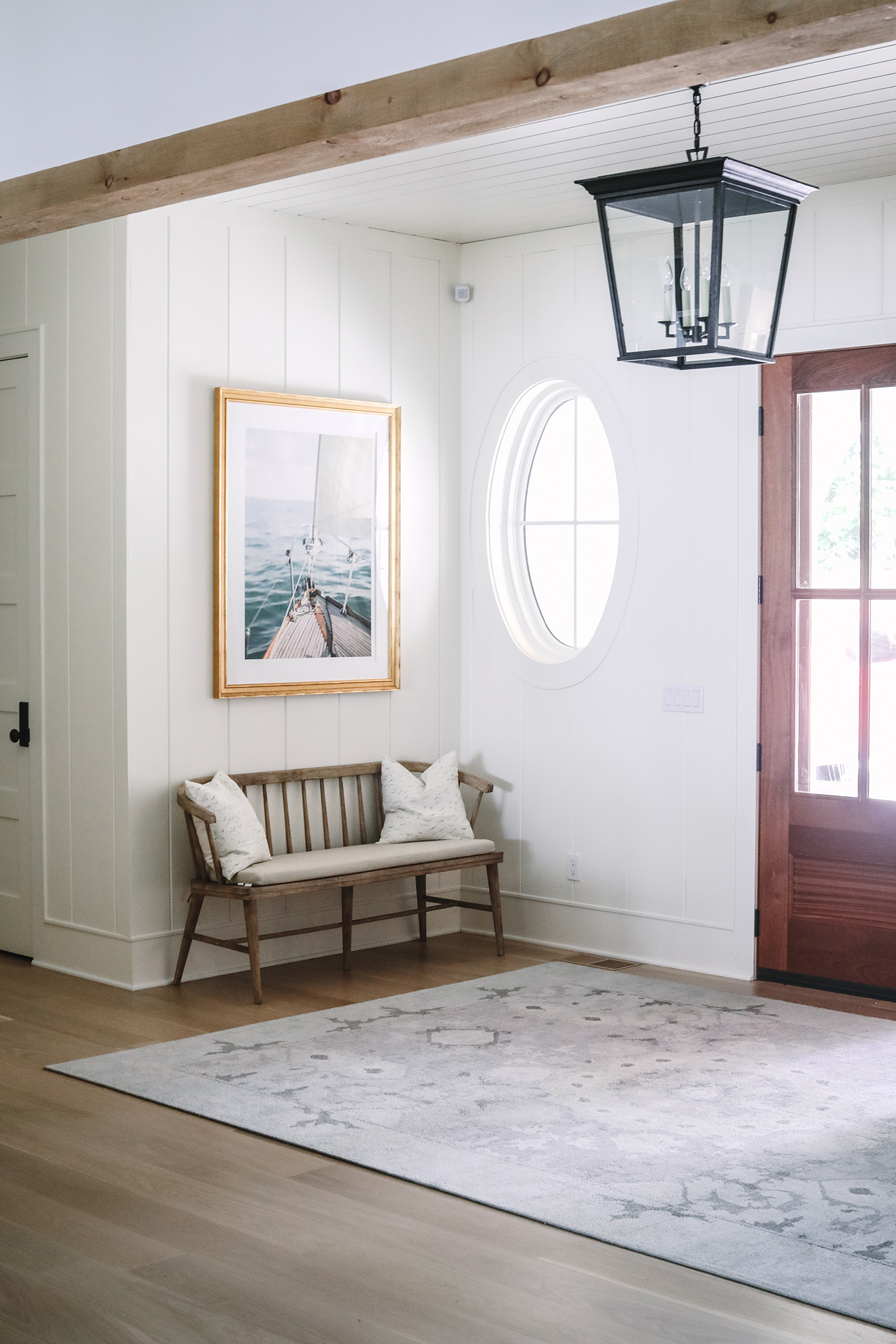

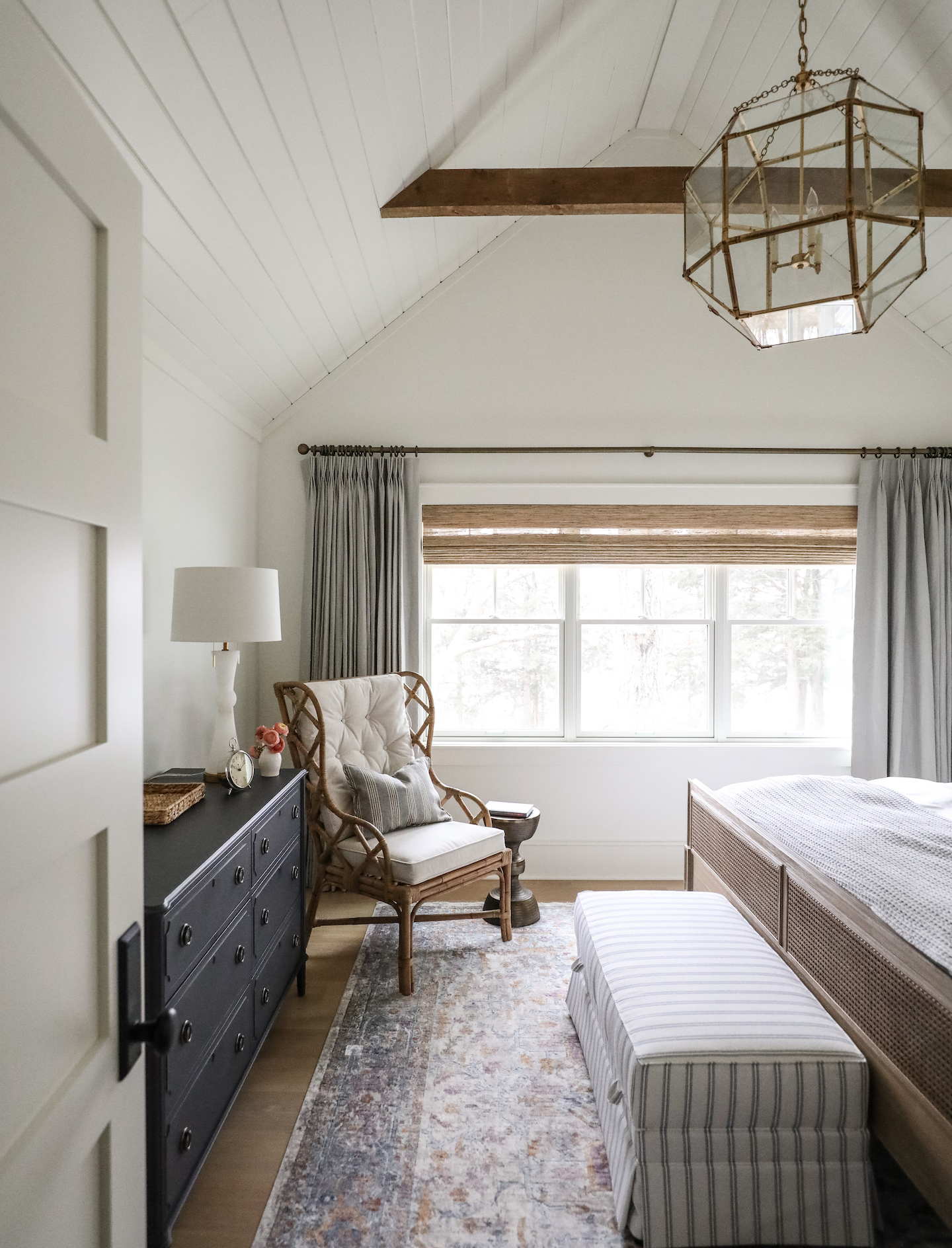


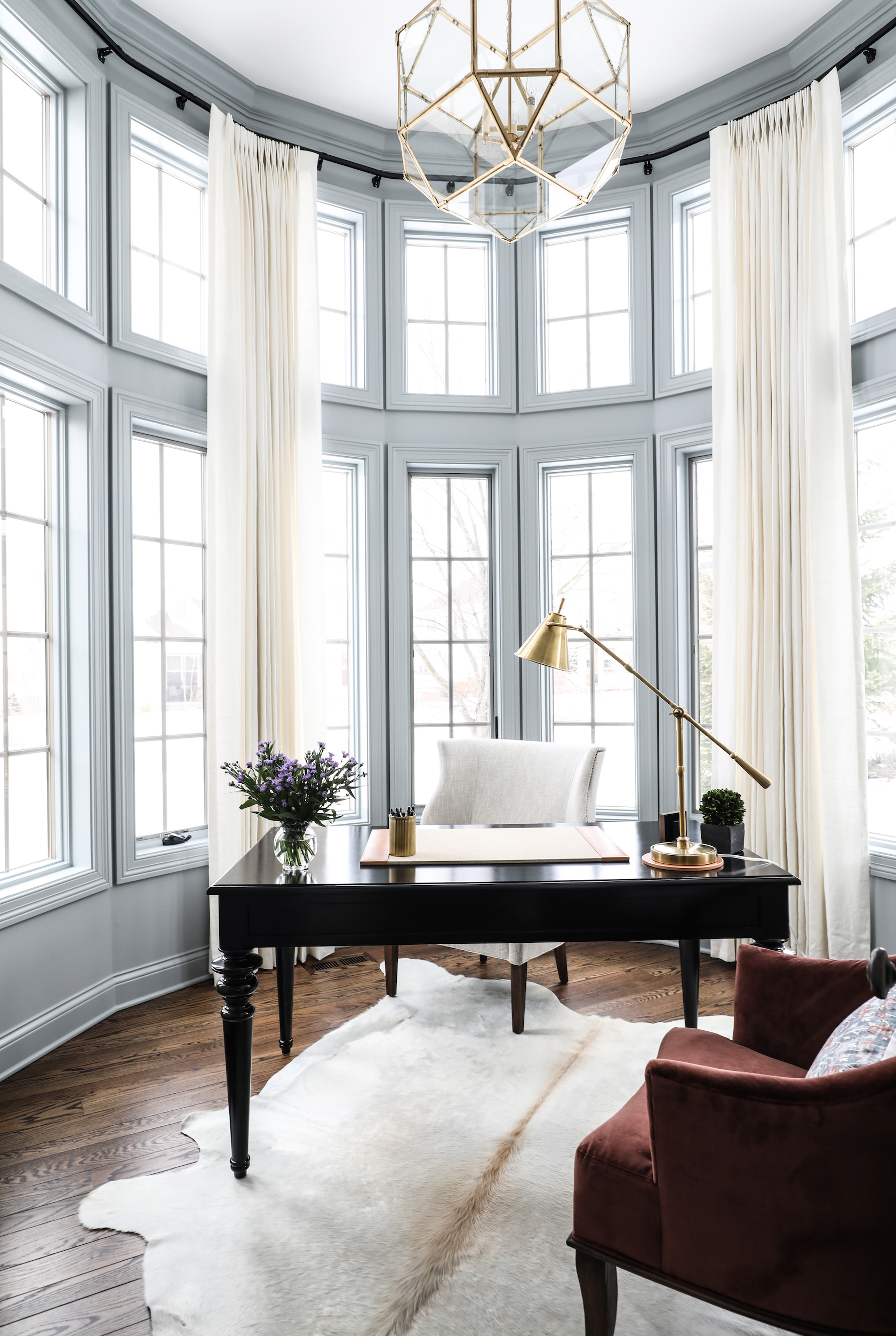


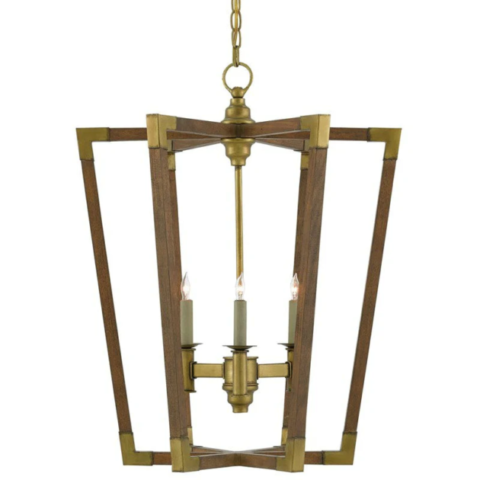
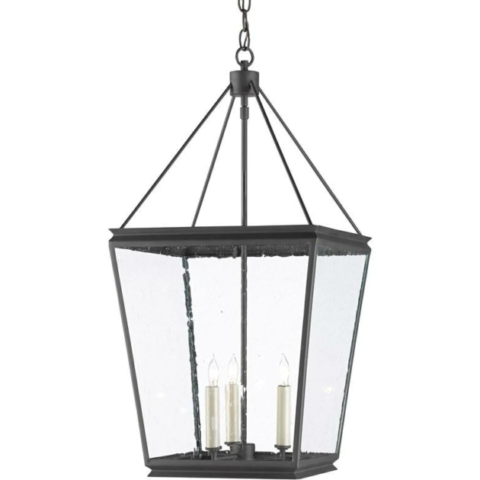
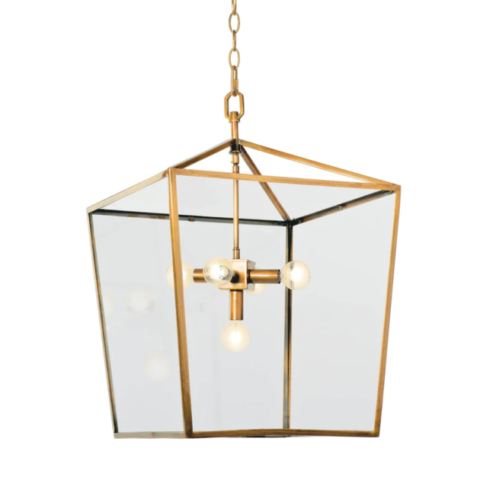
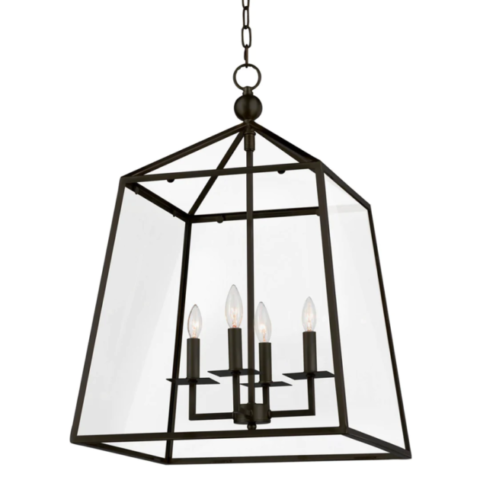

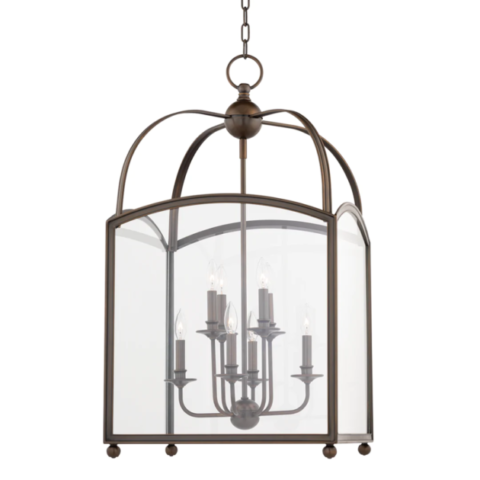
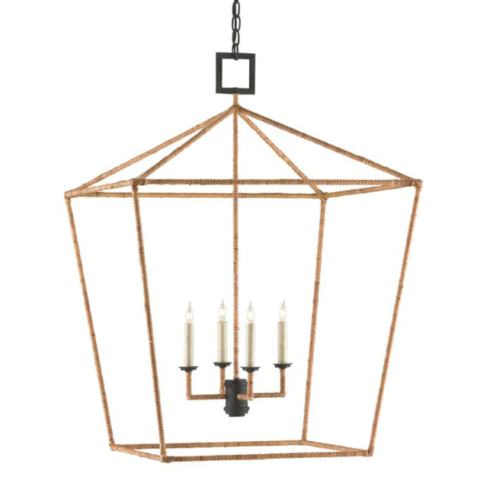
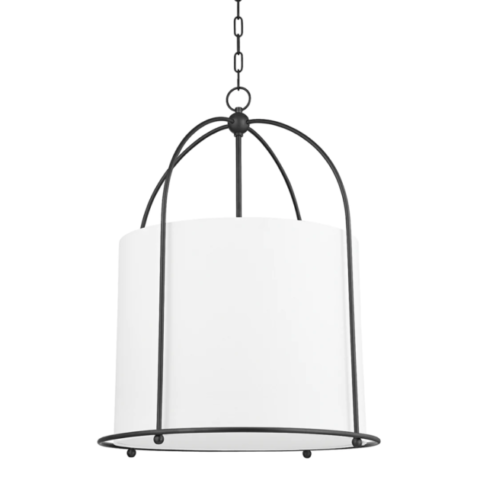
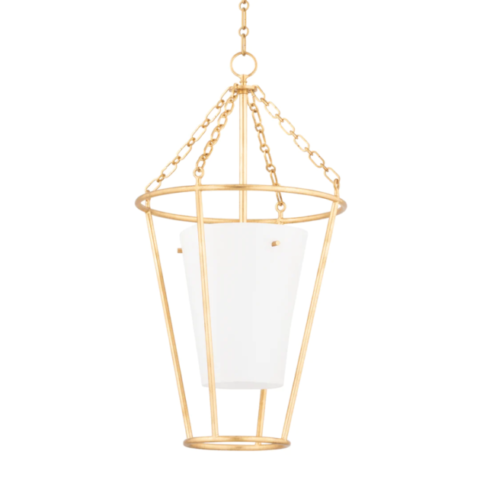



No Comments